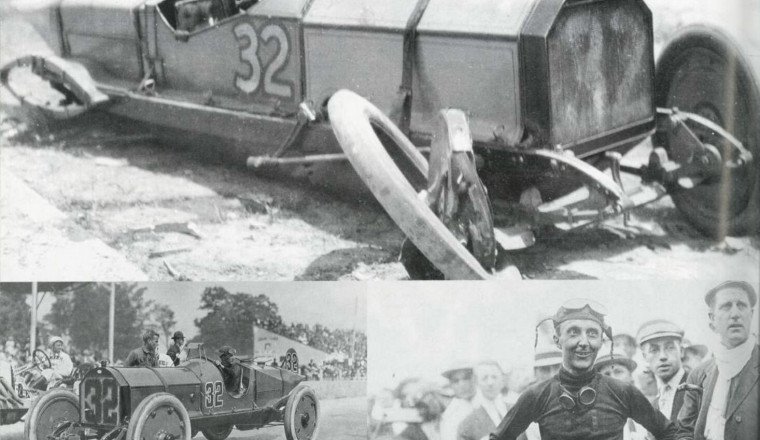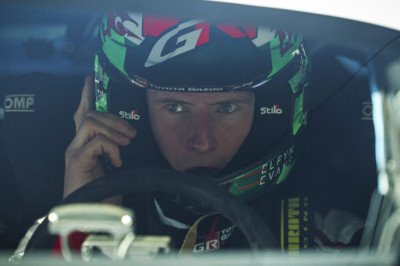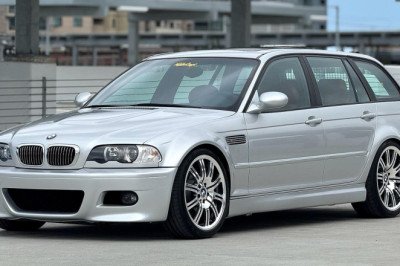
Did you know that the Marmon Wasp was already a year old when it made its historic debut at the very first Indianapolis 500 in 1911? Its story begins even earlier, with its first competitive outing at the Indianapolis Motor Speedway in May 1910.
Back in 1910, the Marmon Wasp competed in the 250-mile Wheeler-Schebler Trophy race, an important event held at the Speedway before the inaugural Indy 500. Despite being relatively new, the car quickly proved its mettle by winning that grueling race, showcasing its advanced engineering and the skill of its driver. This victory helped cement the Marmon Wasp’s reputation as a formidable competitor on the early American racing scene.
However, the Marmon Wasp’s journey wasn’t without drama. During the 1910 Wheeler-Schebler race, the car was nearly totaled in a frightening incident at turn three. The crash threatened to end its racing career before it truly began, but thanks to the ingenuity and determination of its team, the car was repaired and ready to take on the challenges ahead.
The Marmon Wasp is also famous for being the first race car to feature a rearview mirror, a now-standard safety device that was invented by its driver, Ray Harroun. This innovation allowed Harroun to race without a riding mechanic, reducing weight and improving speed—an early example of how innovation and engineering could change the sport forever.
When the Marmon Wasp took the green flag at the inaugural Indianapolis 500 in 1911, it made history by winning the race, driven by Ray Harroun. This victory was not only a triumph for the car and driver but also a milestone moment for American motorsport, setting the stage for the Indy 500 to become one of the world’s most prestigious racing events.















Facebook Conversations